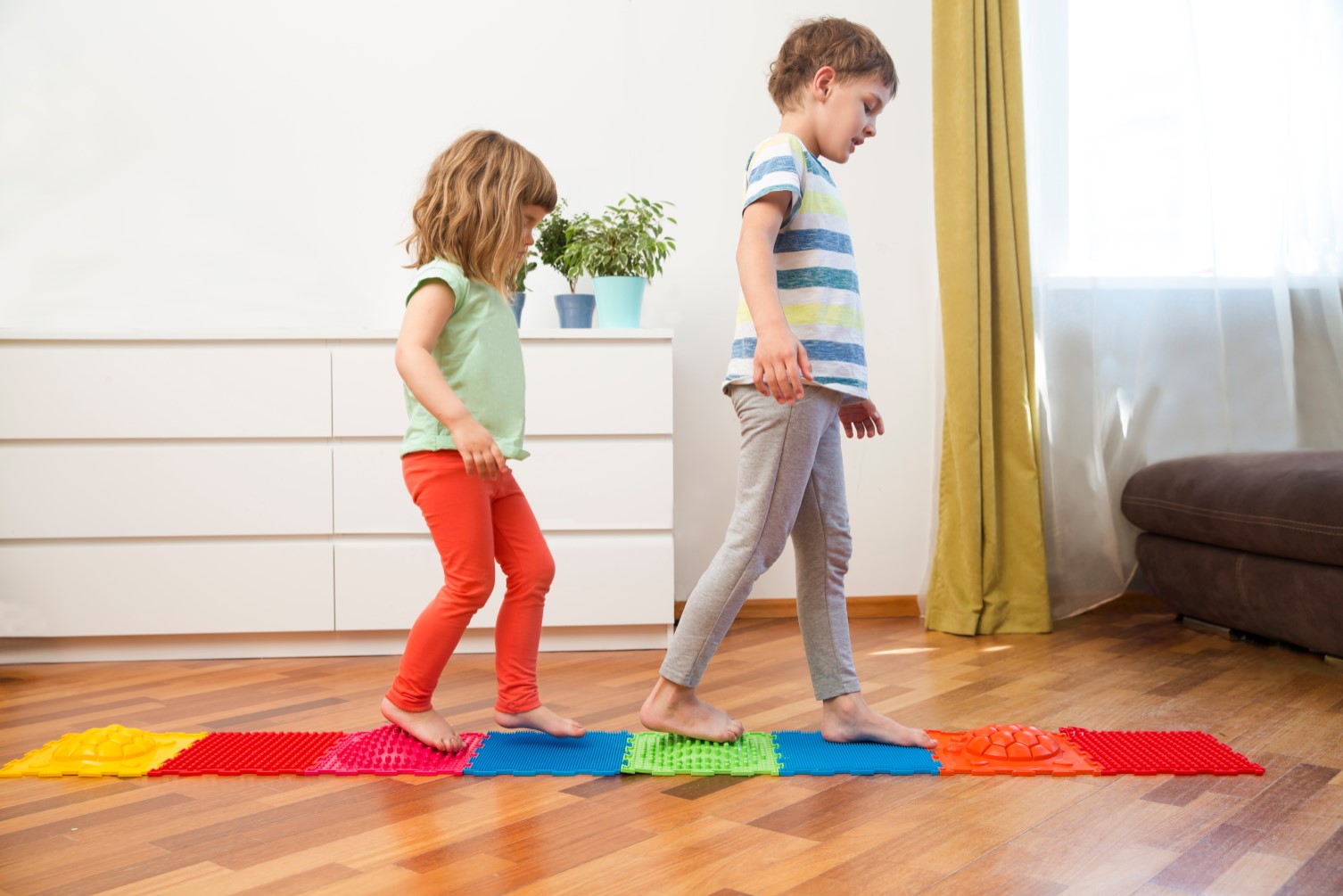
Flat feet is a common condition in young children and is usually nothing to worry about. Knowing what causes flat feet can help you to understand whether or not your child needs treatment or adjustment - but it can also be helpful to consider how flat feet affect your child. If they are in no pain, there may be no need to do anything about the condition.
If your child is in pain, or if having flat feet causes other difficulties, such as their shoes wearing out unevenly, you may wish to explore treatment options. As with any condition relating to your child’s feet, it’s best to first consult your GP. They will be able to assess your child’s feet and tell you if there’s anything you need to be concerned about. Additionally, they might also be able to signpost you towards resources or other assistance to help you find the right treatment for your child.
While some treatments for flat feet may require the involvement of a medical professional, there are some things you can try at home to reduce the impact flat feet have on your child’s day-to-day life, including:
In some cases, strengthening the muscles of the feet may encourage the structure of the foot to realign, resulting in stronger arches. As well as potentially helping with the effects of flat feet for both children and adults, exercises such as these can help with improving your child’s general health and wellbeing. Plus, most of them are so easy you won’t require special equipment or workout gear.
Exercises you and your child could try together include:
You’ll be glad to know, it’s not essential to get specialised orthopaedic shoes if your child has flat feet. Your doctor may recommend this - in which case it’s definitely worth a shot - but in many cases the most important thing is to make sure your child is wearing shoes that fit them properly and offer the correct support. To do this, first you’ll need to measure your child’s feet regularly and make sure you’re buying the right size.
What kind of support should you be looking for in your child’s shoes? Well, arch support is a good idea, and it’s always helpful to look for good toe and heel support as well. Children with flat feet may put more pressure on the toes and heel, so these areas may need a little extra support. Additionally, and this is something which might become apparent when you check the fit of your child’s shoes, wide fit shoes may be a good idea. This is because flat-footed people have their feet in a different position to others, resulting in a larger footprint.
Insoles are designed to cushion and support the feet inside the shoes, and orthotic insoles can do this in a more targeted way to help with various foot problems. For flat-footed people, orthotic insoles can provide extra support to the fallen arches to help reduce the effects of having flat feet on your shoes. For example, this can help to reduce the likelihood of shoes wearing down unevenly.
Insoles can be a good alternative to orthopaedic shoes as one set of insoles can be worn with different pairs of shoes to provide the necessary support. They’re also very helpful for those who have only one flat foot - instead of wearing odd shoes, your child could simply wear an orthotic insole to support the affected foot.
The good news is that if your child isn’t feeling any ill effects relating to their flat feet, there’s no need to do anything to remedy the condition. According to our resident expert, Martin Haines, “Between the ages of four and six years, the fat pads start to disappear and the arch starts to form so the foot can start to function in a proper manner.” So, if your flat-footed child is younger than that, there’s every chance they’ll develop arches naturally as they grow.
Author: Click Consult, published 22-03-2023.